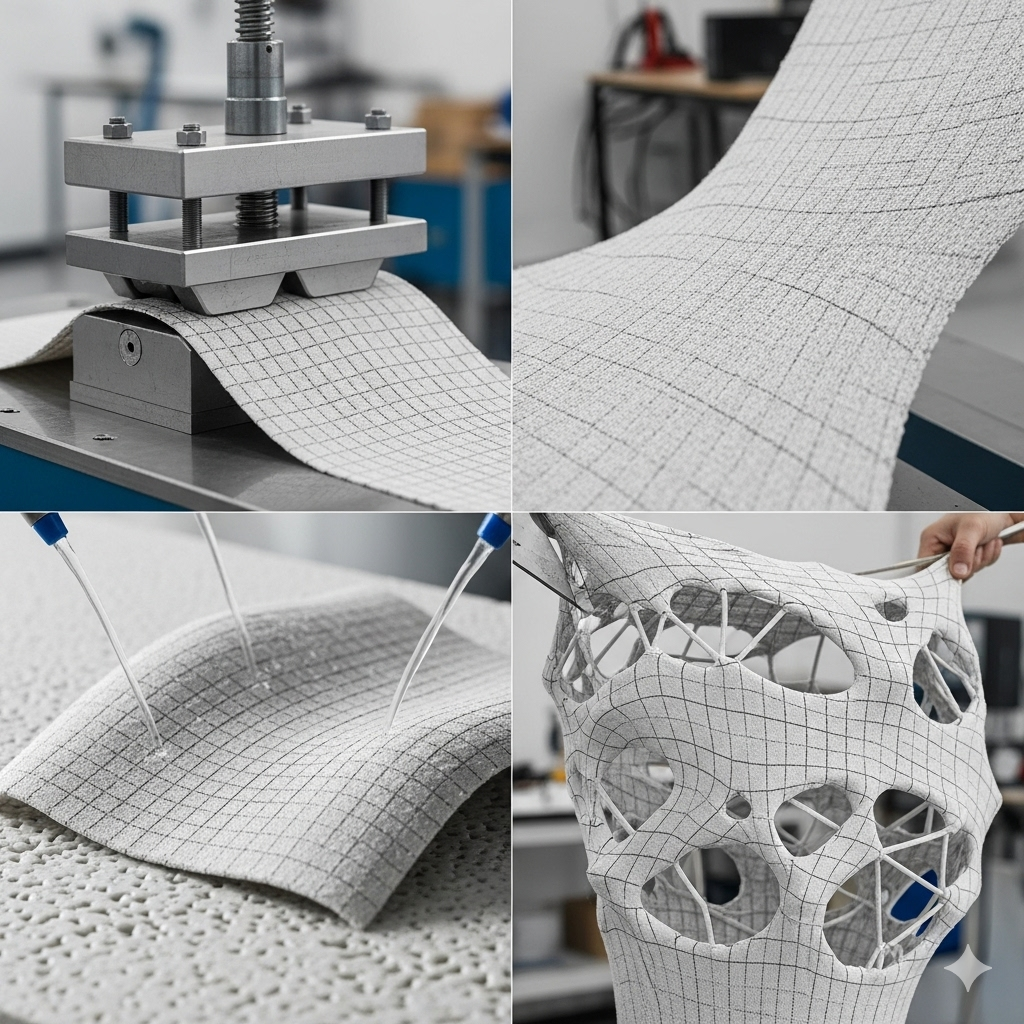About Fabric Forming
Fabric Forming is more than a construction method — it is a design philosophy that transforms the way we shape concrete and imagine architecture. By using flexible fabrics as molds, architects and builders can create concrete forms that are lighter, stronger, and visually striking.
This innovative approach challenges the rigidity of traditional formwork and opens the door to organic, sculptural, and sustainable design.
What is Fabric Forming?
Fabric forming is a construction technique where concrete is cast in fabric molds instead of rigid timber or steel. The fabric adapts to the fluid nature of concrete, producing surfaces that curve naturally and structurally.
Key features include:
-
Efficiency – Using less material without sacrificing strength.
-
Elegance – Producing organic forms and fluid lines.
-
Sustainability – Reducing waste and reusing lightweight fabric molds.
Why It Matters
Traditional concrete construction often emphasizes uniformity, but fabric forming celebrates flexibility and creativity. The result is concrete that is not just functional, but also aesthetic and sustainable.
With fabric forming, architects can:
-
Explore curvilinear architecture inspired by nature
-
Design lightweight yet strong structural elements
-
Reduce environmental impact by minimizing material use
This method is shaping the future of concrete architecture, proving that utility and beauty can coexist.
Applications in Modern Architecture
Fabric forming has been used in projects around the world to create:
-
Architectural facades with dynamic textures
-
Slender columns and beams that optimize strength
-
Urban installations and landscape furniture with organic shapes
-
Experimental structures for research and innovation
Our Vision at Fabric Forming
At Fabric Forming | Innovative Architecture & Concrete Design, we believe in reimagining concrete as more than just a building material. Through research, craftsmanship, and collaboration with architects and engineers, we aim to push boundaries and create designs that are sustainable, functional, and beautiful.
Fabric forming is not just about shaping concrete — it is about shaping the future of architecture.
